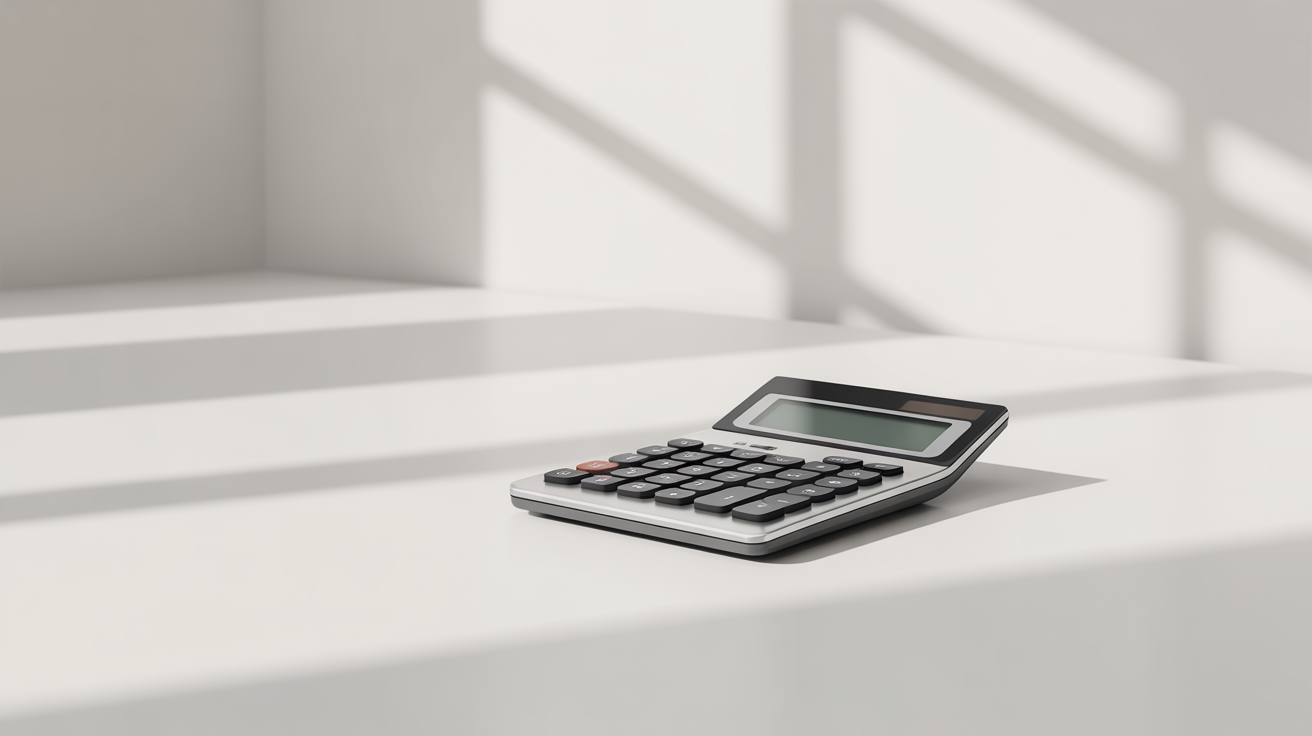Step 2: Calculate Your True Monthly Income
Your actual income is not your salary before taxes—it’s what’s left after taxes, insurance, and compulsory deductions.
Include:
✔ Your paycheck (take-home)
✔ Side gig income
✔ Benefits or government payments
✔ Freelance or recurring revenue
The Bank of America Better Money Habits guide stresses the importance of using net income, not gross. This avoids building a budget on money you never actually see.
Step 3: Track Your Current Spending Without Judgment
Before telling your money where to go, you need to understand where it already goes.
Spend 30 days tracking:
-
Groceries
-
Coffee and eating out
-
Subscriptions
-
Transportation
-
Pet costs
-
Cosmetics, clothes, personal care
-
Fun & entertainment
You can do this manually or connect your bank account to an app.
This is not a guilt exercise. It’s data gathering. And as MoneyFit notes, writing things down alone significantly increases the chances you’ll stick to a plan.















